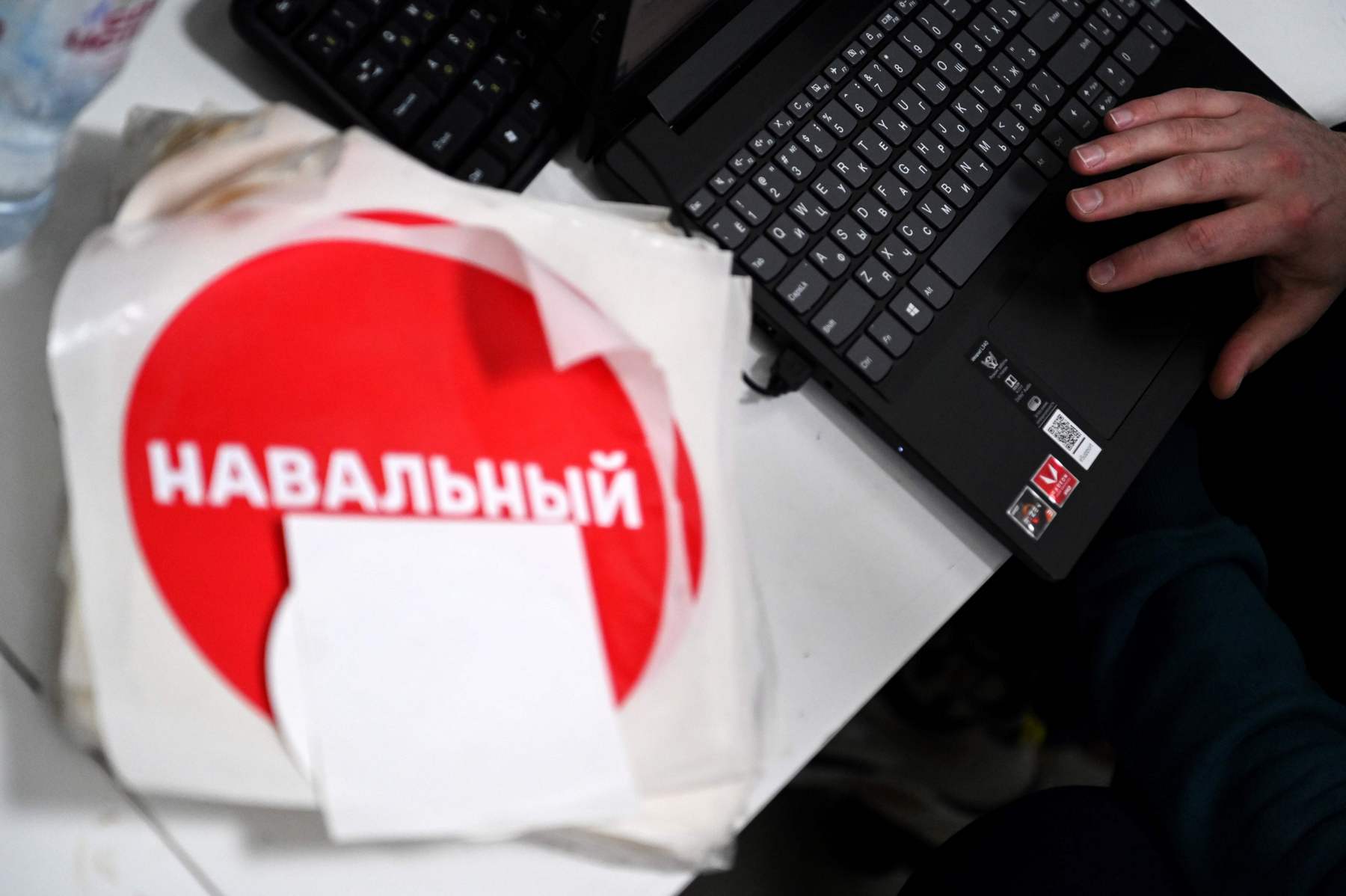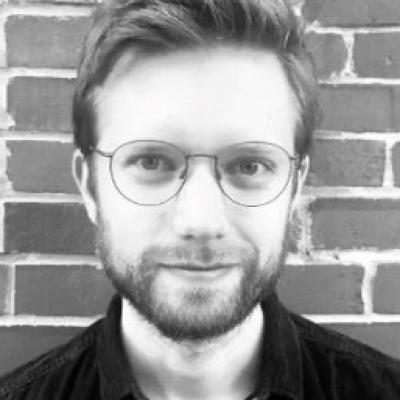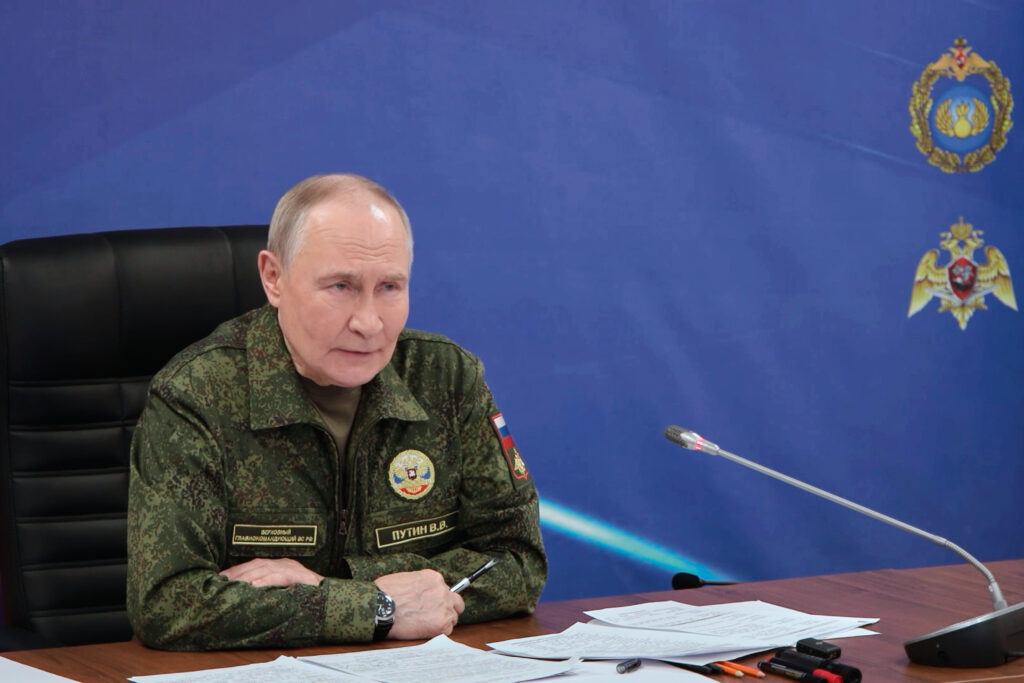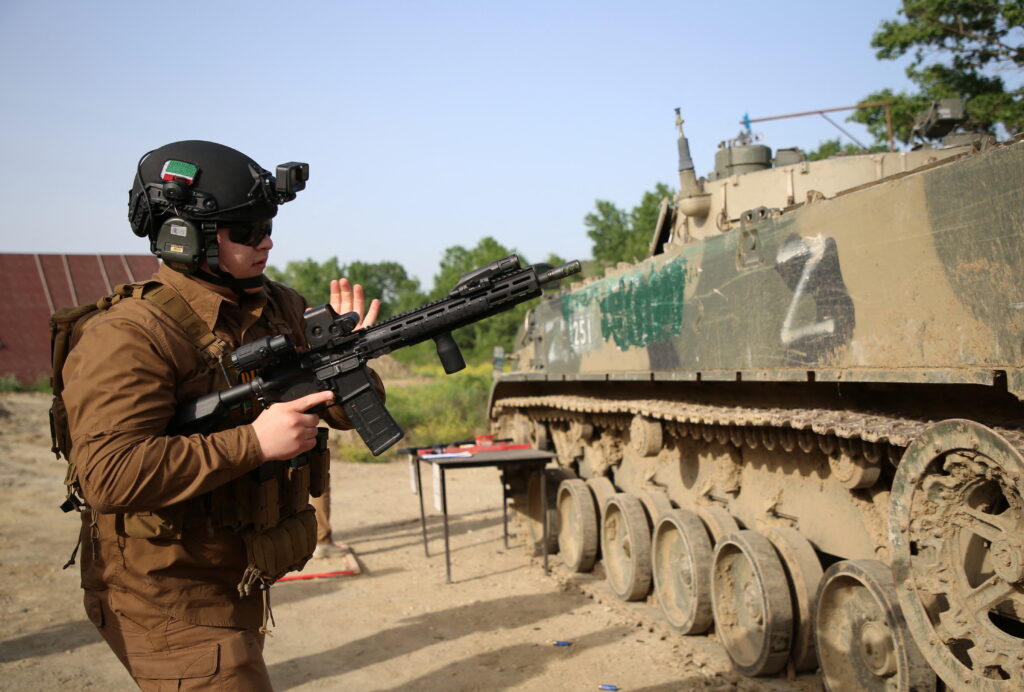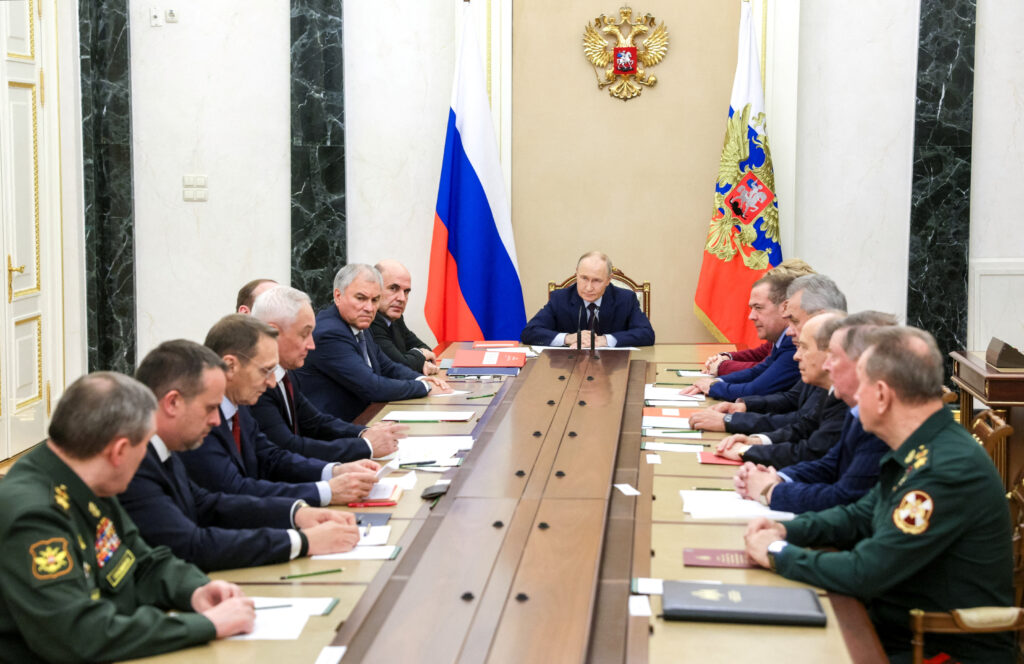On April 29 the opposition politician Leonid Volkov bowed to government pressure and shuttered Alexey Navalny’s network of regional headquarters. This network emerged in 2017-2018 to collect signatures for Navalny’s presidential campaign. Though Navalny was ultimately barred from running, these headquarters evolved into something deeper. Capitalizing on grassroots support, they served as vehicles for thousands of opposition-minded Russians. These networks helped them pursue political ambitions in the face of government hostility.
Who exactly are these people? Obtaining reliable information on opposition supporters in an authoritarian regime can be almost impossible, both ethically and logistically. In our carefully anonymized online survey, we polled over 1,300 members of Navalny’s support groups in the VKontakte social network. We cannot use this data to make generalizations beyond online followers in selected cities. Still, it parallels other studies in this sphere and gets us closer to answering who supports the opposition in Russia.
Picking opposition supporters for public surveys
Authoritarian regimes pose myriad problems for standard nationwide polling of opposition supporters. Such people are usually not widespread. A person’s declared support may not reflect reality (preference falsification). Response definition is an even greater problem: ‘approval of’ and ‘support for’ may not mean the same thing. A Levada Center poll in January 2021 found that 19 percent of respondents approved of Navalny’s activities. This was a significant uptick from 6 percent in May 2013. But how many of these 19 percent are actually ready to take any action in support of him?
Navalny’s support network is well represented on social media. We took the assumption that joining a public online group dealing with politics in Russia already counts as political activity and expression of support (we did not include those who joined out of curiosity or monitor the group as a job). Polling these followers can help us understand Navalny’s active support base.
For our survey, we selected Navalny support groups in VKontakte that were first created in 2017. There were between 120,000 and 160,000 subscribers from about 80 groups in regional capitals in early 2018. Together with Elena Sirotkina, we selected eight regional capitals (Moscow, Saint Petersburg, and six other cities with varying levels of political and economic development.) We stratified our sample by age and gender (keeping it representative of each city). The survey was conducted in two waves in February and March 2018. The final sample included 1,182 respondents and formed the basis for our analysis.
Portrait of a ‘digital dissident’
Who are these ‘digital dissidents’ rallying behind the country’s most important opposition leader? Our data shows approximately two-thirds are young men with at least an incomplete higher education. 60 percent are in the 18-29 years-old age group, with around 18 percent each in the under-18 and 30-45 groups. When describing their living standards, 41 percent of respondents said that they have “enough money for food and clothing but not for more expensive goods like a TV or a refrigerator.” 13.5 percent of respondents rated themselves below this level and 43.5 percent rated themselves above it (“can afford more expensive appliances”). It may seem that Navalny’s followers are a well-off bunch, but this is not exactly true when compared with other surveys. According to Levada Center polls in 2017, 57 percent of Internet users in large cities were in the highest income categories.
If there is one category where Navalny’s online followers certainly exceed characteristically similar groups of Russian citizens, it is in the level of political activity. Nearly 90 percent of respondents said that they discuss political issues at least “sometimes” or “often.” Around 20 percent of pro-Navalny activists and 9 percent of Navalny’s followers have experience in political activism (involvement in political parties and movements). 6 percent of respondents have experience in social activism (volunteering, charity, and non-profit work). Almost 30 percent said that they attended at least one demonstration before Navalny’s protest wave against then-Prime Minister Dmitry Medvedev on March 26, 2017. This stands out from the World Values Survey data gathered in 2017 shortly before our own survey, which found only 12 percent of Russians had participated in peaceful demonstrations (approximately the same as among active Internet users). In other words, many of Navalny’s followers were politically engaged before the onset of his 2017-2018 campaign.
To map this engagement, we used a standard questionnaire about the fairness of various social trends. The majority of Navalny’s followers see government support for families with more than one child and for the unemployed as fair (71 percent and 63 percent, respectively). They see discrimination in the quality of medical care by income and the ‘flat’ income tax as unfair – 81 percent and 74 percent, respectively. Respondents are more divided on views toward luxury lifestyles among the rich, with 59 percent seeing them as fair and 41 percent as unfair.

We borrowed questions about views toward key social issues from the World Values Survey to find the political positions of Navalny’s followers. Respondents rated themselves on ten-point scales between opposite statements such as “Incomes should be made more equal” and “We need larger income differences as incentives for individual effort.” Statements like the latter indicate more economically liberal views. The next figure shows the distribution of Navalny’s followers and Russia’s general population. As we can see, there is no significant difference between them on the question of income distribution, with the majority favoring greater income equality.
Differences emerge in two other categories. Navalny’s followers place more value in state welfare measures and the role of private property in the economy. Our respondents also support more competition and are convinced that “hard work pays off.” In a nutshell, Navalny’s followers share a worldview of ‘social liberalism,’ in which a strong government works within a free-market economy and redistributes the fruits of economic growth, thereby easing the most painful effects of capitalism.

We found that the views of Navalny’s followers mirror his presidential campaign platform, which combined anti-corruption with an uncompromising stance against the regime and called for a “government of prosperity for all.” The overwhelming majority of our respondents agreed with the platform’s main planks. 76 percent supported lowering taxes for entrepreneurs. 98 percent agreed with making state spending more generous toward Russia’s provincial regions. However, a large slice of respondents (40 percent) noted that Navalny’s anti-regime stance, rather than any specific policy proposals, was their reason for supporting him. 12 percent emphasized that Navalny is the sole alternative to Vladimir Putin. Followers are attracted to Navalny’s personality (96 percent) as well as his political stance (89 percent).
Navalny used to make xenophobic statements and demand a visa regime with Central Asian countries. This raises the question of whether his followers are nationalists or xenophobes. Our survey offers a solid answer: no. Following the practice of other international surveys (such as the WVS), we asked our respondents whether they “would not like to live next door” to particular social groups. The share that was hostile to migrant-neighbors was close to the average in Russia – around a third of respondents. However, only 15 percent of our respondents expressed intolerance toward homosexuals, compared with the two-thirds national average.
Between a middle class and a ‘negative coalition’
Classic social science theories often portray politics as a battlefield of structural social forces such as class, status group, and identity. Can we label Navalny’s followers in a way that encompasses their unique conditions? An “urban middle class,” perhaps? Not exactly. This is not just due to our online survey not being fully representative, but also because of Russian society’s unique complications. However, we can ‘try on’ a few different labels for size.
The Russian middle class has a complex background. At the very least, we should differentiate its members that work in the public and private sectors. If we define this category as urban residents with a higher education and high income, then Navalny’s followers clearly are not middle class: they are younger, poorer, and more socially liberal. Also, they can hardly be called a ‘negative coalition,’ or an alliance of different classes and ideological groups that faced down regimes in ‘color revolutions.’ Our sample shows that Navalny’s followers share a similar worldview and have some common socio-demographic characteristics. They are not a classic “bourgeoisie” that is indispensable to democracy, as Barrington Moore writes. Nor are they a diverse coalition of urban revolutionaries.
One possible explanation: the bulk of Navalny’s base did not partake in the economic growth in the 2000s, and income stagnation combined with a toughened regime put an end to their future social mobility. They see a strong social democracy as the only kind of government that can lift them from their predicament. Navalny’s 2017-2018 campaign and the January 2021 mobilization showed that this group has real numbers but is still far from the majority. Current political trends have denied political representation to Navalny’s followers. This makes them potential followers for a wide range of political parties. The 2021 elections will show whether this group can consolidate in the absence of a leader and an organizational structure.
